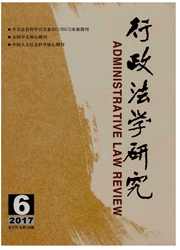

 中文摘要:
中文摘要:
墨西哥在20世纪初建立了土地的村社和合作社集体所有制,并希望通过这两种土地集体所有制实现农民土地权利均等化和农业发展水平提高等目标。然而,经历了半个多世纪的努力之后,农民却愈加贫困,农业生产也停滞不前。为了摆脱农村发展的困境,1992年以后,墨西哥以土地确权登记为核心,以产权明晰为原则,开展了第二次土地改革。这一改革不但化解了大量土地纠纷,而且赋予民众更多的自主发展权。墨西哥的改革经验对于当下中国农村土地制度的变革具有一定的反思和借鉴意义。
 英文摘要:
英文摘要:
In the beginning of the 20th century, Mexico distributed lots of arable land to the commune agriculture system (including Ejidos and Comunidades) by land reform, to help peasants having equal land right and improving the agriculture development. However, these objectives were missed because the commune agriculture system failed to raise agricultural productivity and income levels for the peasants until 1990s. In 1992, the Mexican government amended the constitutional law and Agrarian law, reformed the land tenure system with the purpose of giving more rights to peasants within the collective land system. These experiments of land reform in Mexico are valuable for the reform of the system of collective land property and land management of Mainland China.
 同期刊论文项目
同期刊论文项目
 同项目期刊论文
同项目期刊论文
 期刊信息
期刊信息
